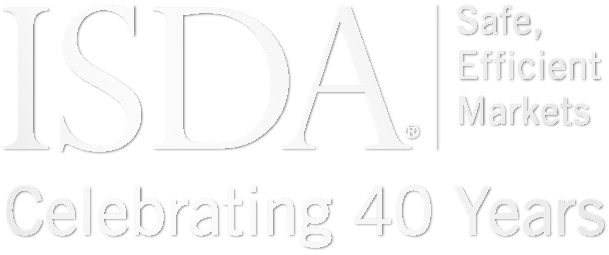The ISDA Regulatory Margin Self-Disclosure Letter – Hong Kong Supplement published on March 8, 2021 is intended to assist market participants with the exchange of the information necessary to determine if, and when, their trading relationship will become subject to regulatory margin requirements for uncleared swaps in Hong Kong. It supersedes the version published on December 23, 2016.
Documents (4) for ISDA Regulatory Margin Self-Disclosure Letter – Hong Kong
- isda-regulatory-margin-self-disclosure-letter-hk-supplement-final - March 8, 2021(pdf) will open in a new tab or window
- isda-regulatory-margin-self-disclosure-letter-hk-supplement-fillable - March 8, 2021(pdf) will open in a new tab or window
- isda-regulatory-margin-self-disclosure-letter-hk-supplement-final - December 23, 2016 (superseded)(pdf) will open in a new tab or window
- isda-regulatory-margin-self-disclosure-letter-hk-supplement-fillable - December 23, 2016 (superseded)(pdf) will open in a new tab or window
Latest
Steps to a Vibrant Derivatives Market: SOM Remarks
Steps to a Vibrant and Resilient Derivatives Market December 4, 2025 Remarks at the Mediterranean Partnership of Securities Regulators Scott O’Malia ISDA Chief Executive Officer Good afternoon and thank you to the Mediterranean Partnership of Securities Regulators (MPSR) for...
ISDA Response to BoE on Gilt Market Resilience
On November 28, ISDA responded to the Bank of England’s discussion paper on gilt market resilience. ISDA encourages the Bank of England, before introducing any significant policy changes that would affect the functioning of the gilt repo market, to consider...
Addressing Termination Troubles
When Enron announced a shock $618 million loss on October 16, 2001, it took a further 47 days until it filed for bankruptcy. For Bear Stearns, it took 266 days between its bailout of a structured credit fund run by...
ISDA In Review – November 2025
A compendium of links to new documents, research papers, press releases and comment letters published by ISDA in November 2025.



